Uncategorized
-
 Genetics
GeneticsDebate rages over mouse studies’ relevance to humans
Last year, researchers said rodents are not good mimics of human inflammation; a new study says the reverse.
-
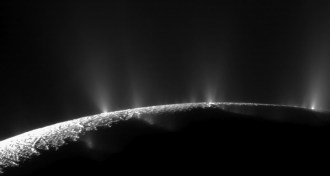 Planetary Science
Planetary ScienceSaturn moon’s geysers draw water from subsurface sea
More than six years of Cassini data indicate that the water jets on the surface of Saturn’s moon Enceladus connect to deep-ocean reservoirs via expanding cracks in surface ice.
-
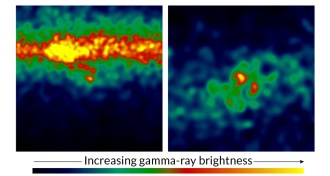 Astronomy
AstronomyGamma rays streaming from stellar explosions stump astronomers
The Fermi satellite detected gamma rays coming from an unexpected source — and astronomers don’t understand what made that possible.
-
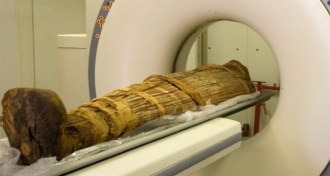 Health & Medicine
Health & MedicineMummies reveal hardened arteries
Mummy studies suggest heart disease is an ancient malady, not just the product of modern diets and sedentary lifestyles.
-
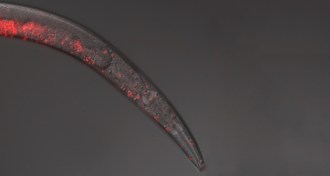 Animals
AnimalsNematode sperm go rogue
Worm sperm a killer when nematode species crossbreed.
By Susan Milius -
 Neuroscience
NeurosciencePart of brain’s pleasure network curbed in mice with chronic pain
Part of brain’s pleasure network is muffled in mice with chronic paw injuries, a new study finds.
-
 Health & Medicine
Health & MedicineResistance to key malaria drug spreads
Parasites that are less susceptible to artemisinin now affect several Asian countries.
By Nathan Seppa -
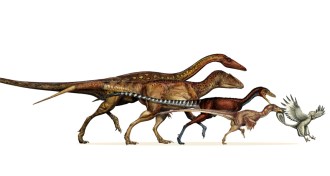 Paleontology
PaleontologyDinosaurs shrank continually into birds
Steady miniaturization and rapidly changing skeletons transformed massive animals into today’s fliers.
By Meghan Rosen -
 Astronomy
AstronomyWhen looking for aliens, try finding their pollution
Future telescopes may discover civilized aliens by detecting the industrial pollutants called fluorinated gases in exoplanet atmospheres.
-
 Psychology
PsychologyGoalkeepers deceive themselves when facing penalty kicks
Soccer’s goalies fall victim to a logical fallacy during the sport’s most high-pressure situation, seeing trends where none exists.
By Nsikan Akpan -
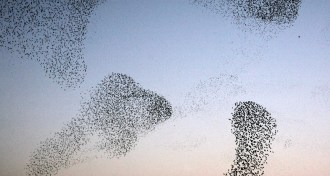 Quantum Physics
Quantum PhysicsBirds’ turns match math of quantum matter
Equations that describe superfluidity may explain how information about which way and when to turn spreads in a starling flock.
-
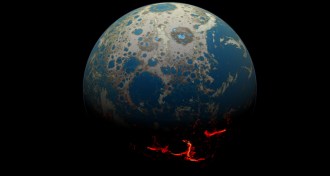 Earth
EarthEarly life probably fell victim to massive space rocks
Planet-sterilizing impacts probably snuffed out early life on Earth until around 4.3 billion years ago.